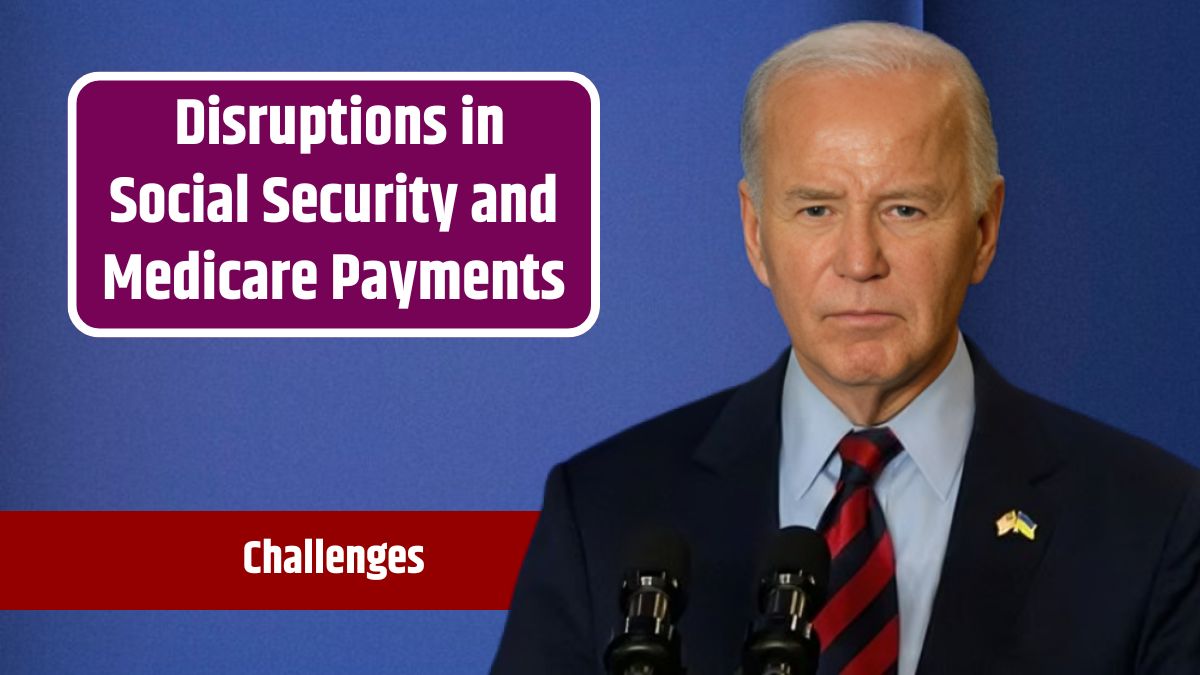A recent study by the bipartisan Economic Innovation Group (EIG) has revealed a staggering rise in the number of Americans who rely on government assistance as a significant portion of their income. According to the study, 53% of Americans now receive at least a quarter of their income from government programs, such as Social Security, Medicare, Medicaid, and pandemic-related assistance.
This sharp increase in dependency is a stark contrast to 1970, when only 1% of the population relied on government support to this extent. The study identifies three primary factors driving this trend: an aging population, rising healthcare costs, and stagnating wage growth.
Aging
One of the most significant contributors to this trend is the aging population. In 1970, only one in ten Americans was over 65, but today, that number has grown to one in six. As more people enter retirement, Social Security payments have surged, creating a greater demand on government resources.
Along with Social Security, older populations require more healthcare services, driving up Medicare costs. As healthcare expenses continue to rise, many older Americans increasingly rely on government-funded programs to cover their basic needs, further escalating the burden on federal funds.
Wage Stagnation
Stagnant wage growth is another major driver of increased reliance on government transfers. Over the past several decades, wage growth for many workers has not kept pace with the rising cost of living, leaving them more dependent on government programs to maintain their standard of living. This is particularly evident in areas that have experienced the decline of key industries, such as manufacturing.
In counties like Delaware County, Indiana, once a thriving manufacturing hub, the collapse of industrial jobs has left many workers relying heavily on government support. The average annual wage in the county is around $31,000, with nearly half of that—about $14,000—coming from government transfers. The decline of well-paying factory jobs has created an economic vacuum, making government programs essential for many households.
| Area | Average Annual Wage | Transfer Income (per year) |
|---|---|---|
| Delaware County, IN | $31,000 | $14,000 |
| King County, WA | $105,000 | $8,500 |
Manufacturing Decline
In contrast to struggling manufacturing areas, regions that have successfully transitioned to the knowledge economy have seen far less reliance on government assistance. King County, Washington, which includes Seattle, has embraced growth in tech and knowledge-based industries.
The average wage in the county stands at $105,000, with government transfers making up only a small portion—around $8,500—of that income. This highlights the disparity between regions that have adapted to the evolving economy and those that have been left behind.
Federal Deficit
The growing dependence on Social Security and Medicare is contributing to an ever-increasing federal deficit. These programs now account for a significant portion of government spending, and as more people retire and healthcare costs continue to rise, the strain on federal resources will intensify.
The EIG report warns that if this trend continues unchecked, it could lead to difficult choices for policymakers. Raising taxes or cutting benefits may stifle economic growth, while neglecting the issue could further impoverish those relying on these programs.
“The country is on a collision course with politically fraught trade-offs,” the report cautions. Without significant policy changes, the growing reliance on government programs could further strain both the federal budget and economic growth.
Solutions
To reduce dependency on government assistance, the EIG study advocates for policies that promote faster economic growth and demographic revitalization. Pro-growth strategies, such as job creation initiatives and wage increases, could boost employment and reduce the need for government support. By improving income from work and investments, the country can gradually decrease its reliance on transfer programs, allowing more individuals to achieve financial independence.
A long-term solution will require addressing both economic and demographic challenges. By stimulating economic growth and revitalizing struggling communities, the U.S. can reduce dependence on government transfers and ensure a sustainable financial future for all.
FAQs
Why has reliance on government programs increased?
An aging population, rising healthcare costs, and stagnant wages have contributed to more Americans depending on government assistance.
How much of Americans’ income comes from government programs?
Around 53% of Americans receive at least a quarter of their income from government transfers.
How does wage stagnation impact government dependence?
Slow wage growth has made it harder for workers to meet rising living costs, increasing reliance on government support.
How does the aging population affect Social Security and Medicare?
As more people retire, Social Security and Medicare spending rises, creating more strain on government resources.
What can be done to reduce reliance on government programs?
Promoting economic growth, job creation, and higher wages can help reduce dependency on government assistance.






